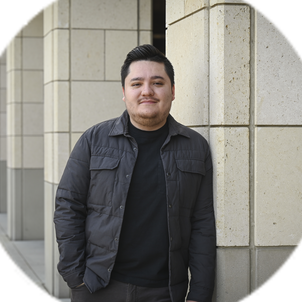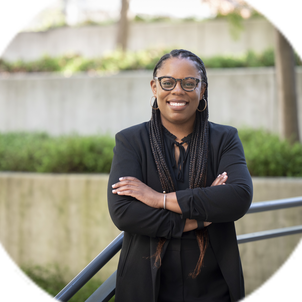Then I had this revelation: I loved building things. I’ve always loved building things. Around the same time, I had this chance encounter with a grad student in bioengineering at the University of Arizona, where I was in undergrad. She was working with optically labeled nanoparticles to look at colon cancer and invited me to hang out in her lab. Just being around her made me think I could build something that could help people understand what’s going on inside them and get them the right treatment without having to test out medications, take a biopsy, or even draw blood. I essentially wanted to build the tricorder from Star Trek, which is this diagnostic device that can non-invasively figure out what is wrong and give solutions to fix it.
Stanford wasn’t on my radar initially because I wanted to go straight to industry. Then I saw an article on this innovation contest celebrating Star Trek’s 50th anniversary. I saw Shan Wang’s group was competing – and what their focus was. I thought, “They’re making a tricorder – that’s my dream!”
I emailed Dr. Wang, he encouraged me to apply, and I ended up in his lab. It’s really come full circle for me; I’m looking for ways to bridge the science and engineering we do in our group to support mental health. I’m currently working with Dr. David Spiegel and Dr. Jessie Kittle of the Stanford Center on Stress and Health on a project where we use salivary biomarkers to understand who will benefit from hypnosis. I also recently started a project with the Nolan Williams lab to see if we can use biomarkers to better identify people who will respond to his lab’s new way of treating depression.
It’s incredible to think that we could use these tools to identify patients who can benefit from these new treatments before they have to test out a lot of medications. Personalized medicine is now my passion! I’m in my fifth year now, and I’m excited to see what comes next.
Related spotlights

Lara Weed

Sebastian Fernández

